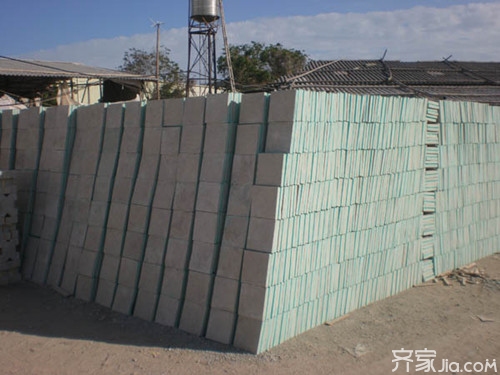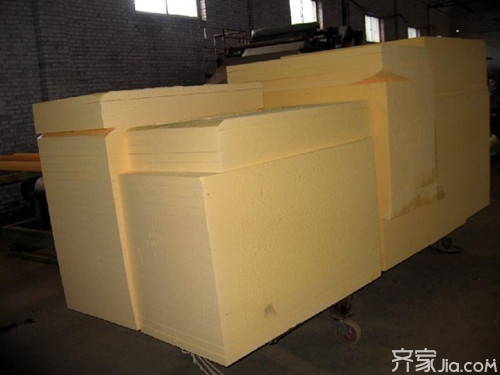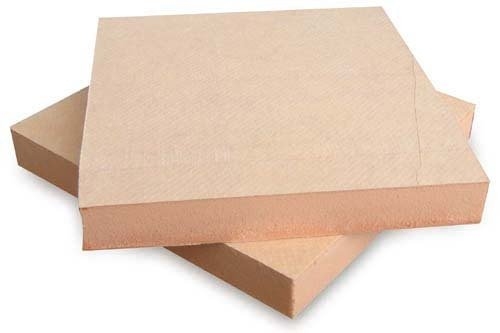The type of roof insulation board keeps the house away from high temperatures
In buildings, heat exchange between the indoor and outdoor environments occurs mainly through the walls and roof. During summer, external heat radiates into the room, while in winter, most of the warmth escapes through these same areas. To manage this thermal transfer, roof insulation boards are used to reduce energy loss and maintain a comfortable indoor climate. Today, we’ll explore different types of roof insulation boards and their unique features.

Type 1: Porous Insulation Boards – These materials rely on their internal pores to provide insulation. The air trapped within these pores has very low thermal conductivity, making them effective for reducing heat transfer. Common examples include fiber-based and foam-based materials, such as XPS (Extruded Polystyrene) boards, which are widely used due to their excellent insulating properties.
Type 2: XPS Extruded Insulation Board – This type is made from polystyrene resin combined with other additives and polymers. After heating and mixing, it is extruded into a rigid foam board. XPS boards have a closed-cell structure that effectively prevents moisture infiltration, making them highly resistant to water absorption. Their low thermal conductivity makes them an efficient insulation material, even after mechanical damage or surface exposure.

Type 3: Heat-Reflective Insulation Boards – These boards use materials with high reflectivity to bounce back heat, similar to how mirrors reflect light. Most of these materials are metallic, such as aluminum foil, silver, or gold, which can efficiently reflect radiant heat and help keep interiors cooler in hot climates.
Type 4: Phenolic Roof Insulation Boards – Combining fire resistance with excellent insulation, phenolic boards can withstand temperatures up to 150°C. With a thermal conductivity of about 0.023 W/m·K and a lifespan of up to 30 years, they offer superior performance compared to other materials like polyurethane or rock wool. They are also lightweight, easy to install, and ideal for long-term use in roofing applications.

Type 5: Vacuum Insulation Panels – These panels use a vacuum-sealed core to minimize heat conduction. By eliminating air molecules inside the panel, they create an environment where heat transfer is significantly reduced, making them one of the most efficient insulation solutions available.
Type 6: Insulated Color Steel Sandwich Panels – A popular choice in modern construction, these panels consist of a polystyrene core sandwiched between two steel sheets. They are manufactured using advanced computer-controlled systems, ensuring durability and excellent thermal performance. They are not only fire-resistant and sound-insulating but also environmentally friendly, lightweight, and easy to install.
I hope this overview of roof insulation boards has been informative. If you're looking for more insights into building materials or home improvement, be sure to check out our website regularly for new content.
What, the renovation still costs your own money? ! The Qi family offers installment plans with an ultra-low annual interest rate of 3.55% and a maximum loan of 1 million. Apply now and enjoy the discount.
If you're interested in brand collaborations, content partnerships, or advertising opportunities on this site, please send an email to: [email protected]
Building Materials Knowledge
Desk Controller,Office Desk Control,Standing Desk Control,Electric Desk Control,Desk Hand Remote
Suzhou Uplift Intelligent Technology Co., Ltd , https://www.upliftec.com